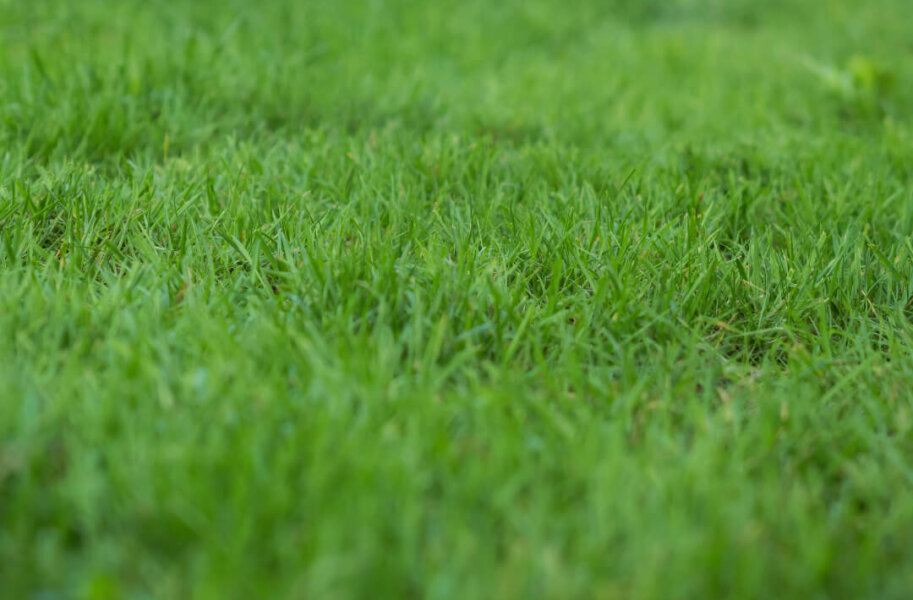
Lawn Care- How Soon Can You Start Mowing Sod After Installation
If you have just installed fresh sod in your Florida yard, you are likely wondering when you can mow new sod. While mowing is an important part of lawn care, you don’t want to mow fresh sod right away, as this can overly stress the grass before it has had a chance to fully take root. In the first weeks after sod installation, there are other tasks that are more important to its future health. Here’s a few general guidelines to give your sod the care it needs to thrive. Always remember, ask our experts on the care for your specific sod type after installation before you do anything.
Start with Watering
Your sod needs to take root before you can mow it, and for this to happen, you’ll need to ensure it gets plenty of water. Aim to water your sod within 30 minutes of installation to get it started off right. You should apply at least an inch of water from your sprinklers to ensure the entire lawn is good and wet. Once the water has soaked in, the top three to four inches of soil should be damp. To keep things going for the first two weeks, water twice a day, ideally in the morning and afternoon, until your sod has taken root. Water deeply at each session to encourage strong, deep roots. The soil should be soaked, but not soggy, after each watering session. Stay off your sod as much as possible during this period to minimize damage until the sod is established.
When to Mow New Sod
You can begin mowing your new sod about two to three weeks after installation. This will give your lawn plenty of time to establish itself so that mowing won’t be too harsh on it. When you are ready to begin mowing, stop watering your lawn for at least two days prior. This will allow the soil to dry a bit and begin to firm up so that your feet and the mower wheels don’t sink in when you begin mowing. If the soil still feels a bit squishy, give it another day to dry so that you don’t damage your lawn in the process of mowing.
How to Mow New Sod
The guidelines for how to mow new sod are basically the same as for mowing an established lawn. As always, you should ensure that your mower blades are sharp and free of nicks and cracks. Dull or damaged mower blades tear the grass rather than cutting through cleanly. Not only does this leave your lawn looking ragged, but it also stresses your grass and exposes it to disease. Clean cuts, on the other hand, make your grass look great and keep it healthy and strong.
In your first mowing session, and all future sessions for that matter, never cut more than one-third of the grass’s total height. For example, if your grass is three inches tall, you shouldn’t trim off more than an inch. Cutting too much can be hard on your grass, which can weaken it over time. Shorter cuts are easier for your grass to recover from, encouraging it to continue growing even stronger.
Leave the grass clippings on top of your lawn during the early stages to help with the formation of thatch. This will help protect your grass and prevent weeds from growing in. It also helps to return nutrients to the soil. However, it is important not to let thatch get overly thick, as this can choke off your lawn, making it difficult for the grass to get the sunlight and moisture it needs.
Learn More About Sod from Florida’s Sod Experts
Always remember to be knowledgeable about your specific sod type before starting lawn care. If you are considering fresh sod for establishing a new lawn or restoring a damaged one, the experts here at Duda Sod will be happy to help. Our team will gladly answer any questions you may have about various sod types that grow well in Florida. We’ll let you know what you’ll need to do to properly care for your new sod. When you are ready to get started, we’ll arrange delivery and installation of your new sod for you as well. We want to do everything we can to give you the best chance of successfully establishing your new lawn. Call today to get started.